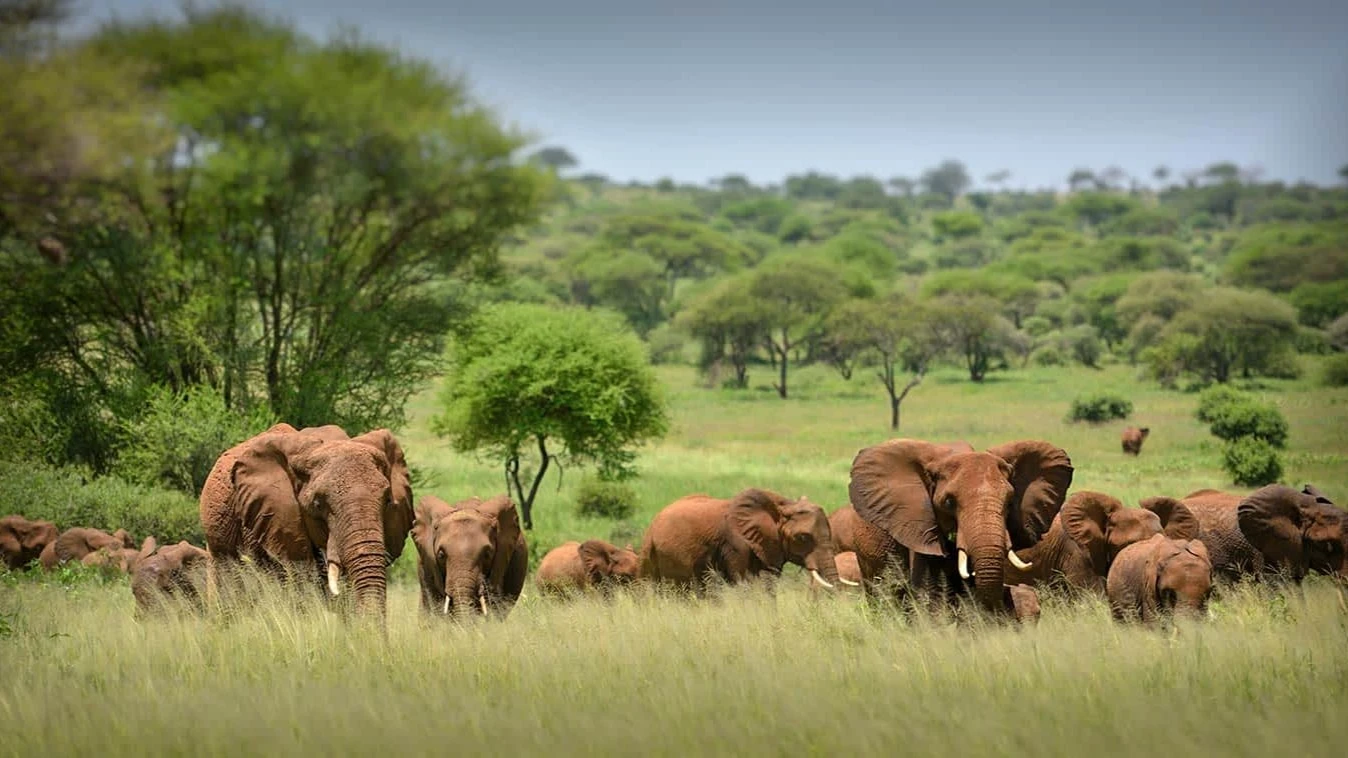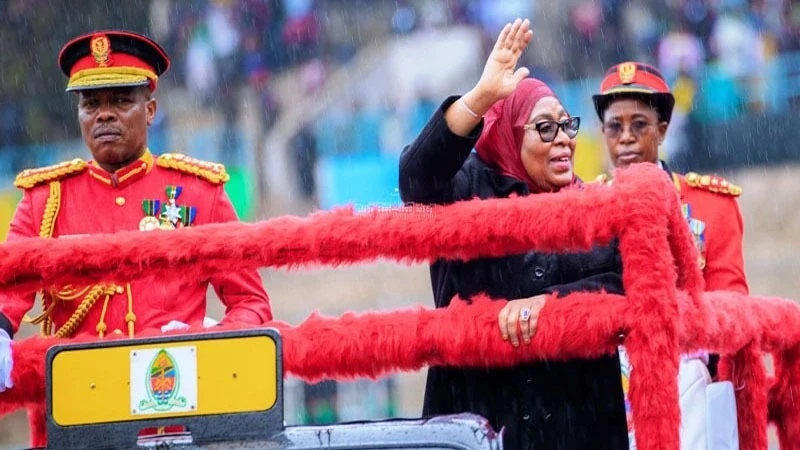Hunters’ body right on elephants’ ‘nationality’

THERE has been some furore between a Kenyan county governor and the Tanzania Hunting Operators Association (TAHOA) this week.
The body dismissed claims by the Kenyan administrator, governor of a county bordering Arusha and Kilimanjaro regions, over hunting elephants close to the Kenyan border.
There were technical issues over trophy hunting, especially on whether three elephants hunted recently were ‘based’ on Kenyan soil. That demands an explanation, as to how far the beasts were monitored – right from birth to being hunted.
All the same, that would not have been enough as there would have to be prior exchange of information on animal movements.
There would also have to be prior accords on tourism hunting that hunters will not just crop a quota of animals within an area, but have to countercheck their birth places.
Even without being familiar with cross-border trophy hunting regulations, not many would expect such rules to apply. In cross-border trade, we are familiar with nationalities of people – not of wild animals.
A top organiser at TAHOA said that conservation efforts by the government in collaboration with stakeholders, including TAHOA members, had resulted in the increased population of elephants and enhanced intermingling of elephant herds in the Kilimanjaro-Amboseli ecosystem.
That was the context in which the Kenyan county governor demanded in a statement last week that Tanzania restrict trophy hunters in the area, lamenting that three ‘Kenyan’ elephants had been across the border in recent months.
The governor was told that stray elephants also hurt people and wreak havoc on farms, meaning that they also need to prevent the straying.
The Kenyan senior administrator appeared to be unaware of trophy hunting regulations and how the three elephants come into the mix, and it was disappointing seeing the same person passing criticism on the policy of a neighbouring country.
Another item raised was that the elephant habitat in Kenya’s Amboseli National Park is nearly depleted, apparently after finding itself carrying too many elephants than it had capacity to cater for.
It was argued that ‘starving’ elephants subsequently crossed over to the Kilimanjaro National Park and surrounding hunting grounds.
What provided a bit of relief to those hearing the story was that trophy hunting is applicable to elephants. This should concomitantly imply that it was equally applicable to lions.
It was not clear, though, if hyenas are part of trophy hunting, or just hunting. They are a vermin commonly scaring many villagers, all wishing that the particular beasts were far fewer.
It is unlikely that managing the population of elephants or any other beasts later becomes part of regional cooperation.
That would require a broader agenda including the conservation or protection of entire ecosystems as with Lake Victoria or Lake Tanganyika, not merely the handling of stray or migrating beasts.
Wherever they are viewed – or hunted – on the basis of applicable regulations and plead to the opposite is unlikely to be entertained. That is basically what TAHOA asserted – and it remains to be seen what will come of it from all the parties concerned.
Top Headlines
© 2024 IPPMEDIA.COM. ALL RIGHTS RESERVED

















